Amber Fort Jaipur
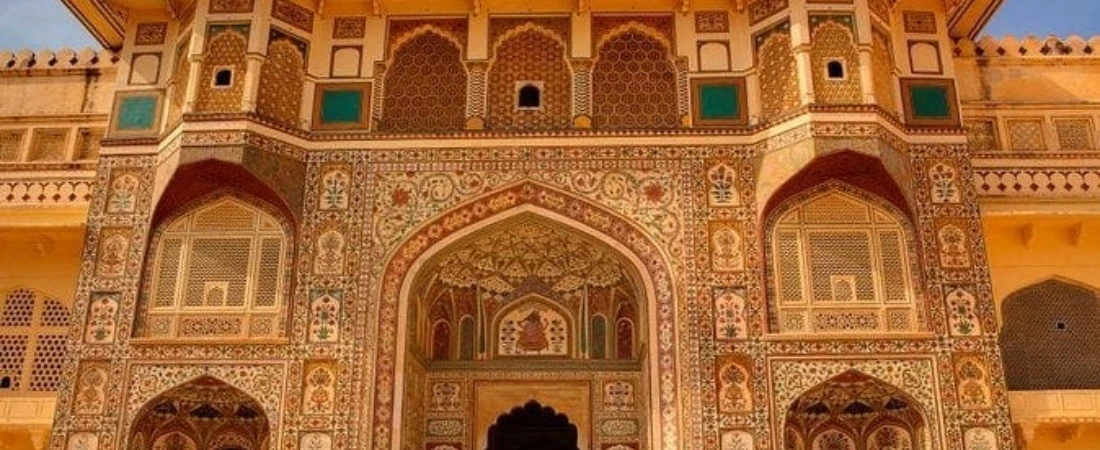
Amber Fort Jaipur, also spelled as Amer Fort, is a timeless symbol of Rajasthan’s regal heritage, perched high above the Maota Lake and surrounded by the rugged Aravalli Hills. Just eleven kilometers from Jaipur, this fort is not just an architectural marvel but also a living reflection of the kingdom’s glorious past. Its towering gateways, sprawling courtyards, intricate mirrorwork, and breathtaking views together narrate the grand lifestyle of the Rajput kings who once ruled this land. Constructed primarily with red sandstone and white marble, Amber Fort is one of the finest examples of Rajput-Mughal fusion architecture in India. Today, it stands as one of the most visited monuments in the country, drawing millions who come to experience its grandeur and mystery.
Learn the Rich and Powerful History
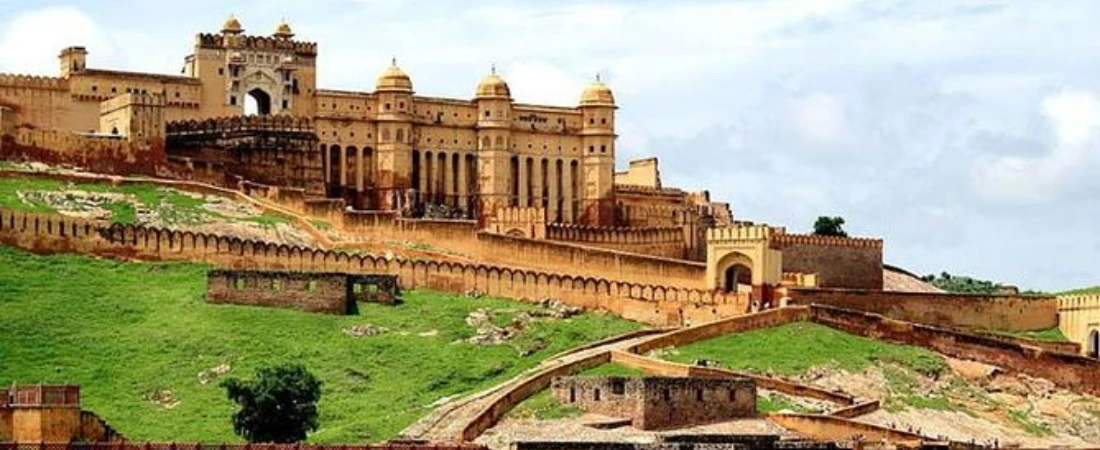
The roots of Amber Fort date back to 1592 when it was commissioned by Raja Man Singh I, one of the most prominent generals in Emperor Akbar’s court. Although the foundation was laid by Man Singh, it was his descendant Jai Singh I who expanded and developed the fort further, turning it into the royal stronghold of the Kachwaha Rajput dynasty. Before the Rajputs established their rule, the region was originally inhabited by the Meenas, a tribal community that worshipped the goddess Amba, from whom the name “Amber” originates. For nearly two centuries, this fort served as the capital of the Kachwaha clan until the establishment of Jaipur city in the 18th century. Every stone, staircase, and corridor of Amber Fort holds a whisper of royal command, spiritual devotion, and the strategic brilliance that helped shape Rajasthan’s political landscape.
Architectural Design
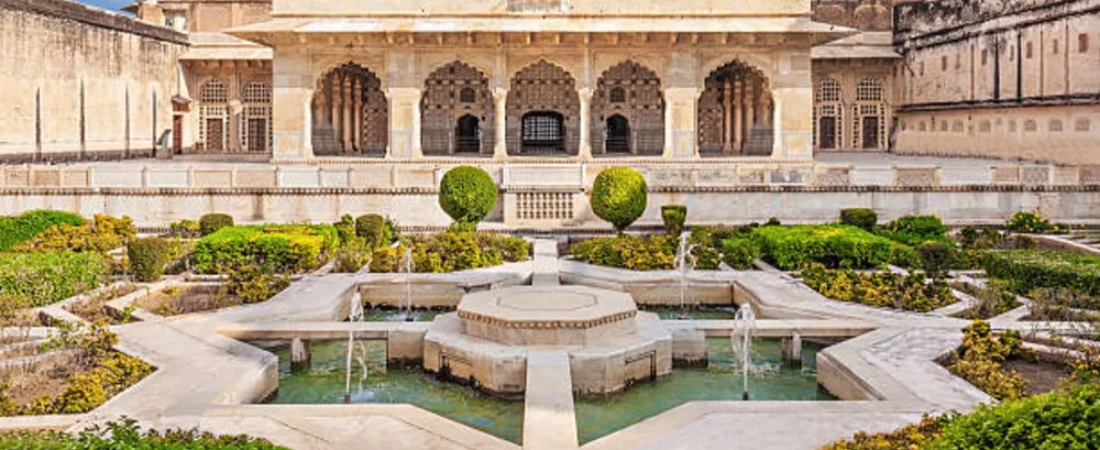
Amber Fort Jaipur is divided into four main sections, each designed with purpose, beauty, and defense in mind. As visitors approach, the fort emerges like a palace from a dream, sitting high on a hill, reflecting sunlight in brilliant shades of pink, gold, and ivory. The journey begins through the Suraj Pol, or Sun Gate, leading into a grand courtyard once used for royal processions and military assemblies. The Diwan-e-Aam, or Hall of Public Audience, was built to allow the king to meet with his subjects, while the Diwan-e-Khas offered a more intimate space for private meetings and delicate political discussions. The use of elevated terraces, defensive walls, and angled gateways was no accident—it was part of a calculated military strategy. At the same time, detailed carvings, marble inlay, and fresco paintings remind visitors that Amber was not only a fortress but also a palace of unimaginable luxury.
Amber Fort’s Mirror Palace Interiors
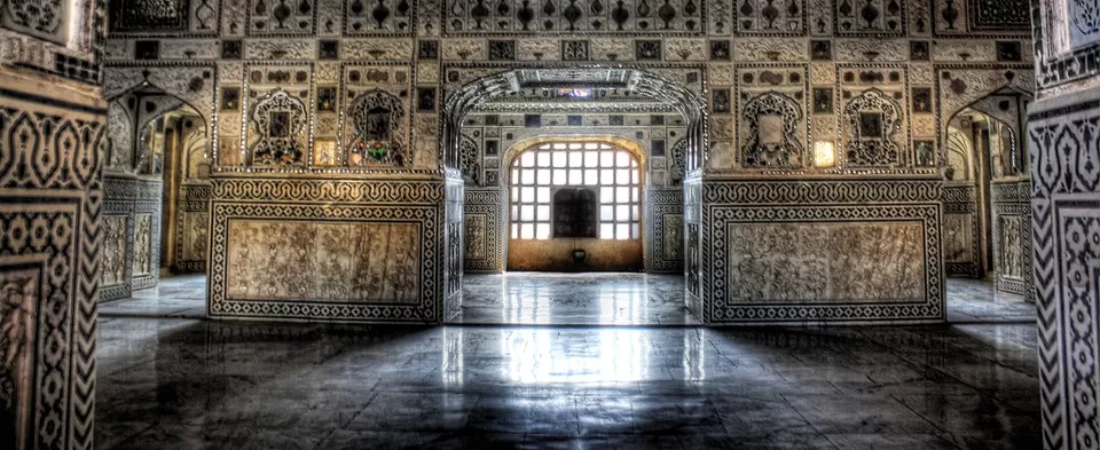
Of all the marvels within Amber Fort, the Sheesh Mahal, or Mirror Palace, remains its most iconic and enchanting feature. This hall is covered in thousands of tiny mirror pieces, each hand-cut and strategically placed to reflect even the smallest flicker of light. It is said that a single candle, when lit inside this room, could create the illusion of a star-filled sky. Built for the queens who were not allowed to sleep outdoors, Sheesh Mahal brought the night sky inside with stunning craftsmanship. The walls and ceiling glimmer with mosaic flowers, celestial symbols, and ornamental arches. The technique used here showcases the brilliance of the artisans who understood not just design but also the science of light. Even after centuries, the Mirror Palace continues to dazzle every visitor and remains a popular backdrop for films, photography, and cultural performances.
Discover Sukh Niwas
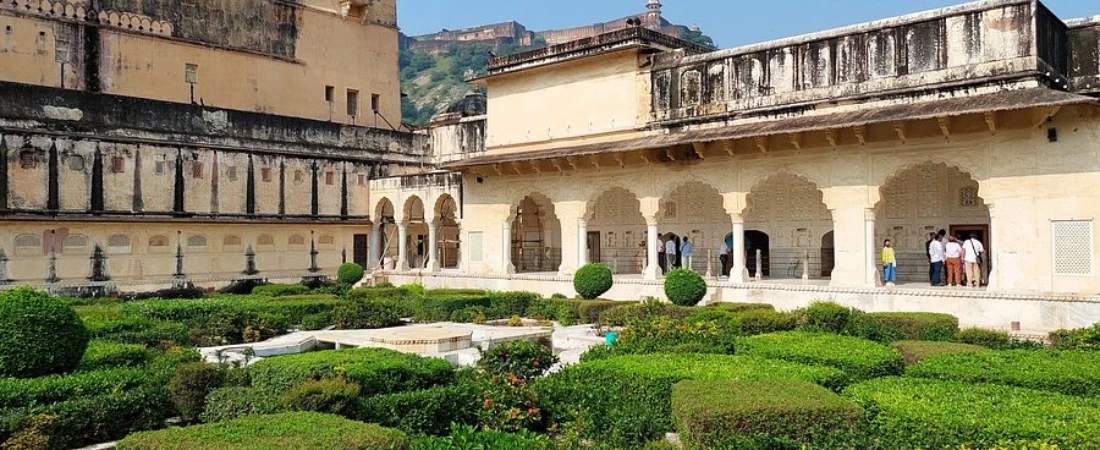
Opposite Sheesh Mahal lies the subtle yet scientifically brilliant Sukh Niwas, a room that once served as a cool sanctuary during the blistering Rajasthani summers. The floors were designed with marble channels through which water once flowed, combined with ventilation that allowed cool air to circulate naturally. Sandalwood doors and perfumed water further enhanced the cooling effect. This ancient form of air-conditioning proves how forward-thinking and technically skilled Rajput architects were. Sukh Niwas was where the kings and queens relaxed, often enjoying music, poetry, or simply the luxurious quiet of a beautifully engineered environment. It’s a place where nature and design worked in harmony to offer comfort and elegance.
Fort’s Royal Women and Queens
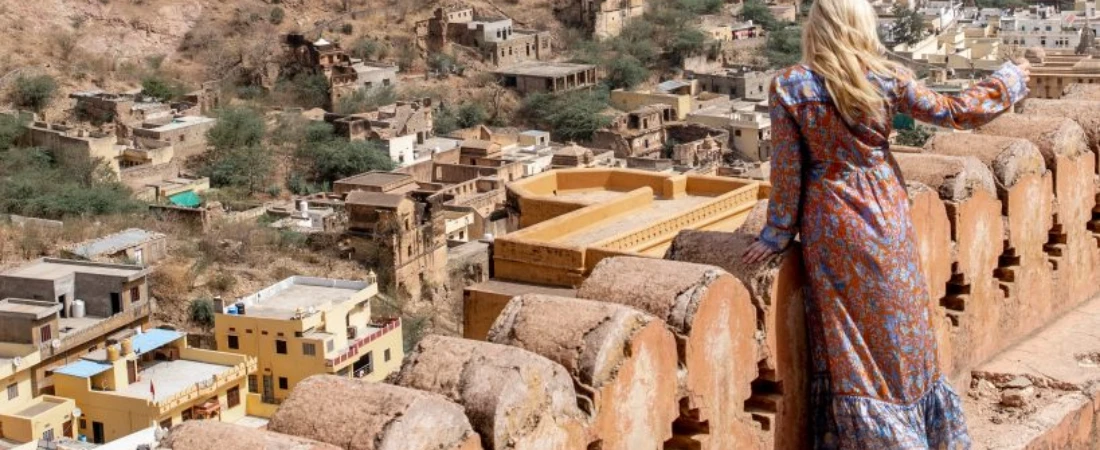
Tucked within the protective walls of Amber Fort is the Zenana, or women’s quarters, which reflects the fort’s balance of privacy, decorum, and royal lifestyle. This secluded part of the fort was built for the queens, princesses, and concubines of the palace. Each had her own suite, connected through hidden corridors that allowed the king to visit privately without the knowledge of others. The Zenana is a testament to the social structure and values of that time, preserving dignity and discretion while still allowing luxury. A lesser-known but fascinating feature is the secret tunnel that connects Amber Fort to the nearby Jaigarh Fort. This tunnel served as a hidden escape route, especially valuable during times of siege or war. The existence of this tunnel underscores the brilliant defense planning and awareness that made Amber Fort both elegant and impenetrable.
Time to Visit
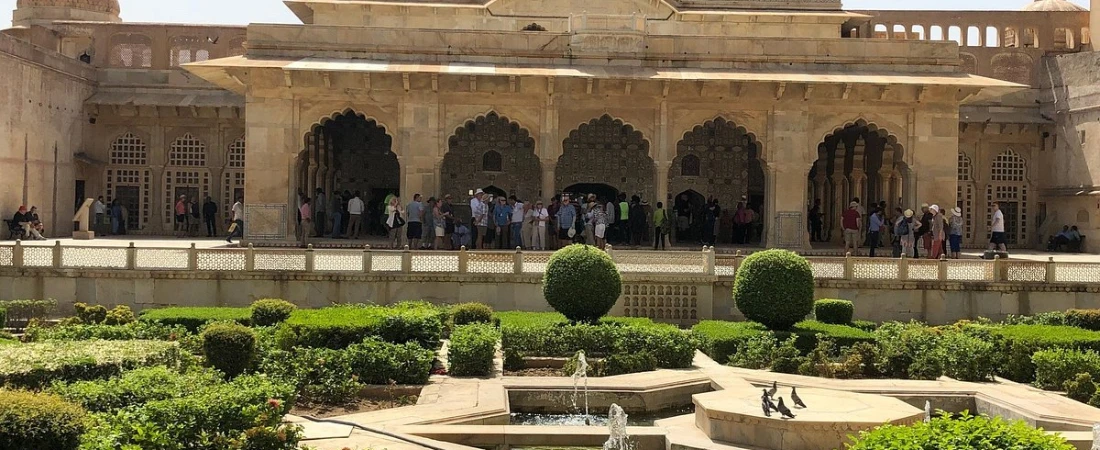
The most pleasant time to visit Amber Fort Jaipur is during the cooler months from October to March. The weather during this period is ideal for exploring the vast courtyards and enjoying the panoramic views without the discomfort of extreme heat. Visiting in the early morning allows you to experience the fort in softer light and with fewer crowds, enhancing both the serenity and the photographic opportunities. The fort opens daily from 8:00 AM to 5:30 PM, and ticket prices are modest compared to its grandeur. For an enhanced experience, hiring a knowledgeable local guide or using an audio guide app can deepen your understanding of what you're seeing. While elephant rides are available for ascending the fort, many tourists now prefer walking or using jeeps due to concerns about animal welfare. Dressing in breathable, modest clothing and carrying a water bottle, sunglasses, and sunscreen can make your visit much more comfortable and enjoyable.
Final Thoughts
Amber Fort Jaipur is far more than a tourist destination—it is a living testament to the vision, creativity, and resilience of the Rajput kings who shaped the history of northern India. Its vast halls, glittering mirror work, secret tunnels, and thoughtful architecture reflect a way of life that was both royal and revolutionary. As you walk through its stone-paved courtyards, gaze upon its ornate arches, and listen to the echoes of history, you gain more than just photographs—you gain perspective. A visit to Amber Fort is a journey into an era of warriors, poets, builders, and kings, where every inch of marble and sandstone tells a story of power, devotion, and art. It remains one of India’s most unforgettable monuments and a must-see experience for every traveler seeking to understand the true soul of Rajasthan.



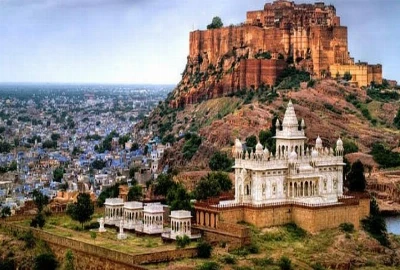
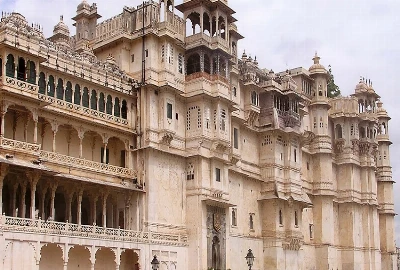


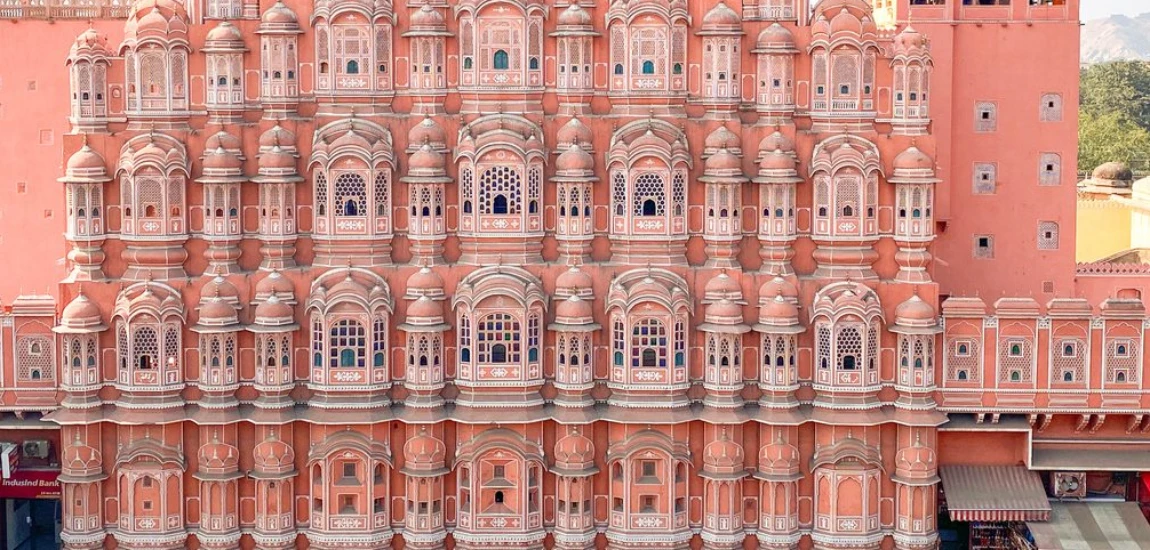

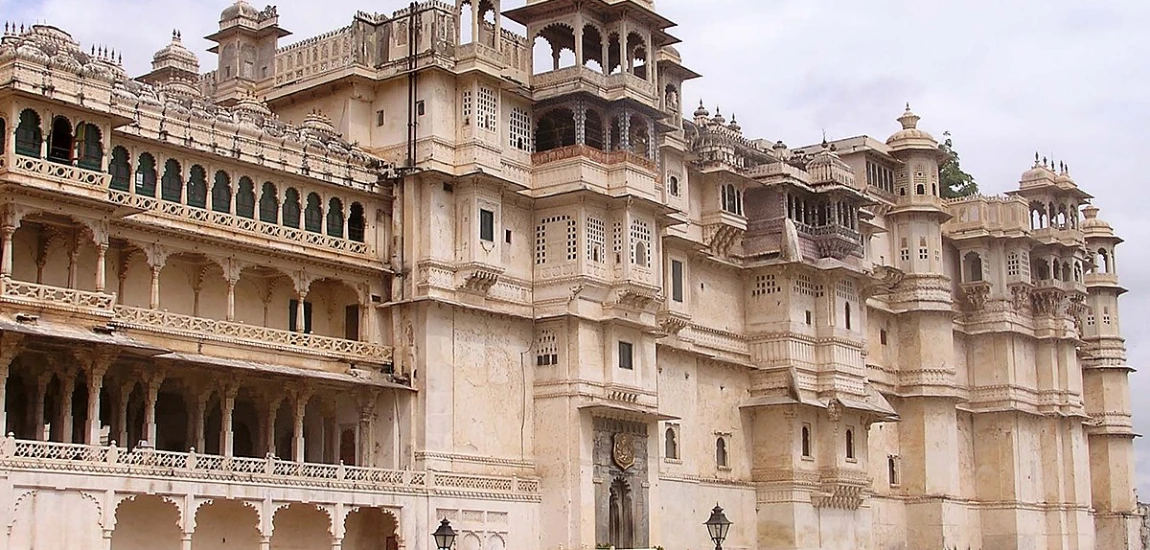
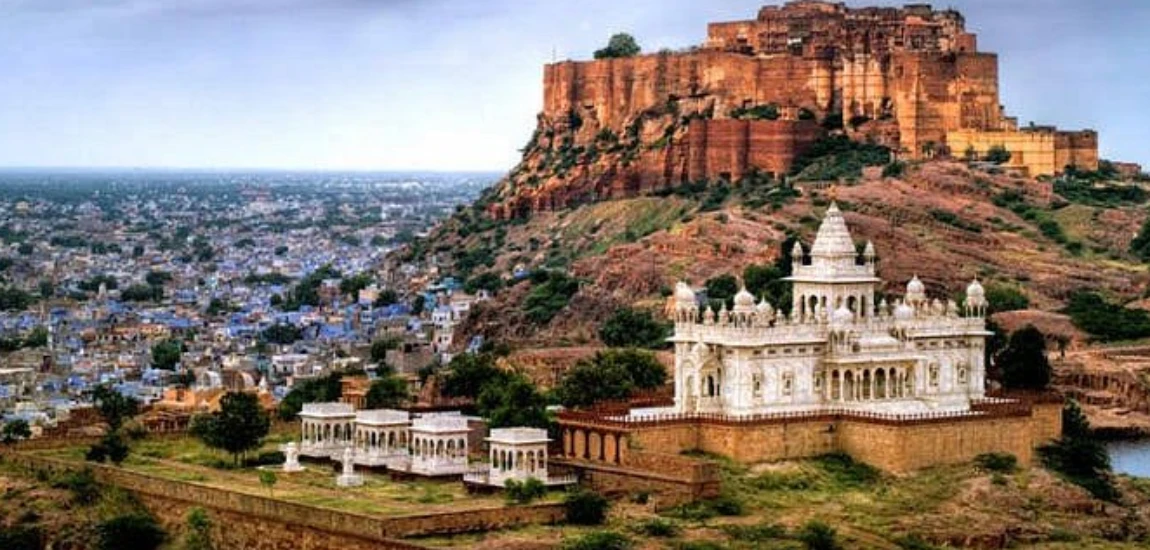
Leave a comment